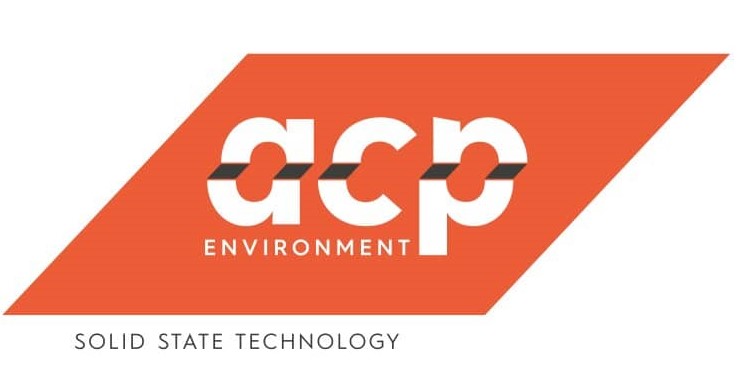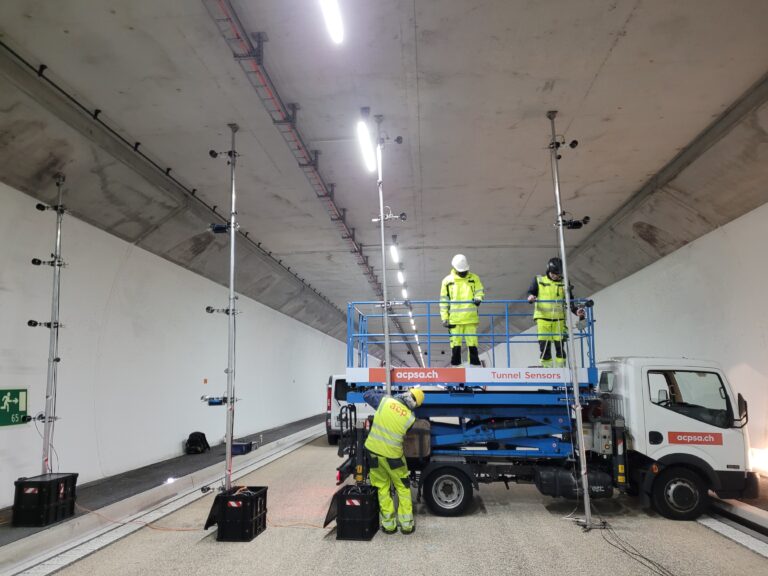About us
1991
The birth of the Bernese company dates back to the early 90s, thanks to two founders: Enrico Caruso and Enzo Capozzi, both environmental engineers, CEO and Co-CEO respectively. At that time, the company bore the name 'Arias Caruso & Partner' as a manufacturer and seller of Airpolution Technologies in motorway tunnels and underground garages. In particular, the production concerned measurement systems for carbon monoxide (CO), nitrogen (NO), carbon dioxide (CO2) and methane gas (propane, methane, etc.).
2005
In 2005, the company's logo was modernised and given the name "ACP Environment". After a careful and in-depth analysis of the sector, which included a detailed study of the competition, customers, economic and operational performance, supply and demand for measurement systems, it was finally concluded that the company's philosophy would necessarily have to change to cope with the changes in the market. The most important change was in the value proposition: We no longer needed to limit ourselves to simple production and sales, but to offer the customer a range of solutions, as well as a full service before and after the sale.




2010
In 2010, ACP Environment SA moves again from Biel to Ipsach in the canton of Bern. The logo also gets a touch of freshness, making it even more suitable for marketing strategies. The core business focused on three main pillars: CO measurement systems in underground car parks, sensors in motorway tunnels and facility management. The company is increasingly confirming itself as a leader in its entire industry and creating a reputation and brand for its services.
2019
Following various market and trend analyses, ACP Environment decides in 2019 to sell one of the three pillars, the CO systems of underground car parks, to a third party. This strategic business decision has led to a greater specialization in the field of sensor technology of motorway tunnels and related facility management. Each month that passes the ACP completes and perfects more and more its transformation into "integrator". Now the company can design, produce, commission and maintain the equipment.


